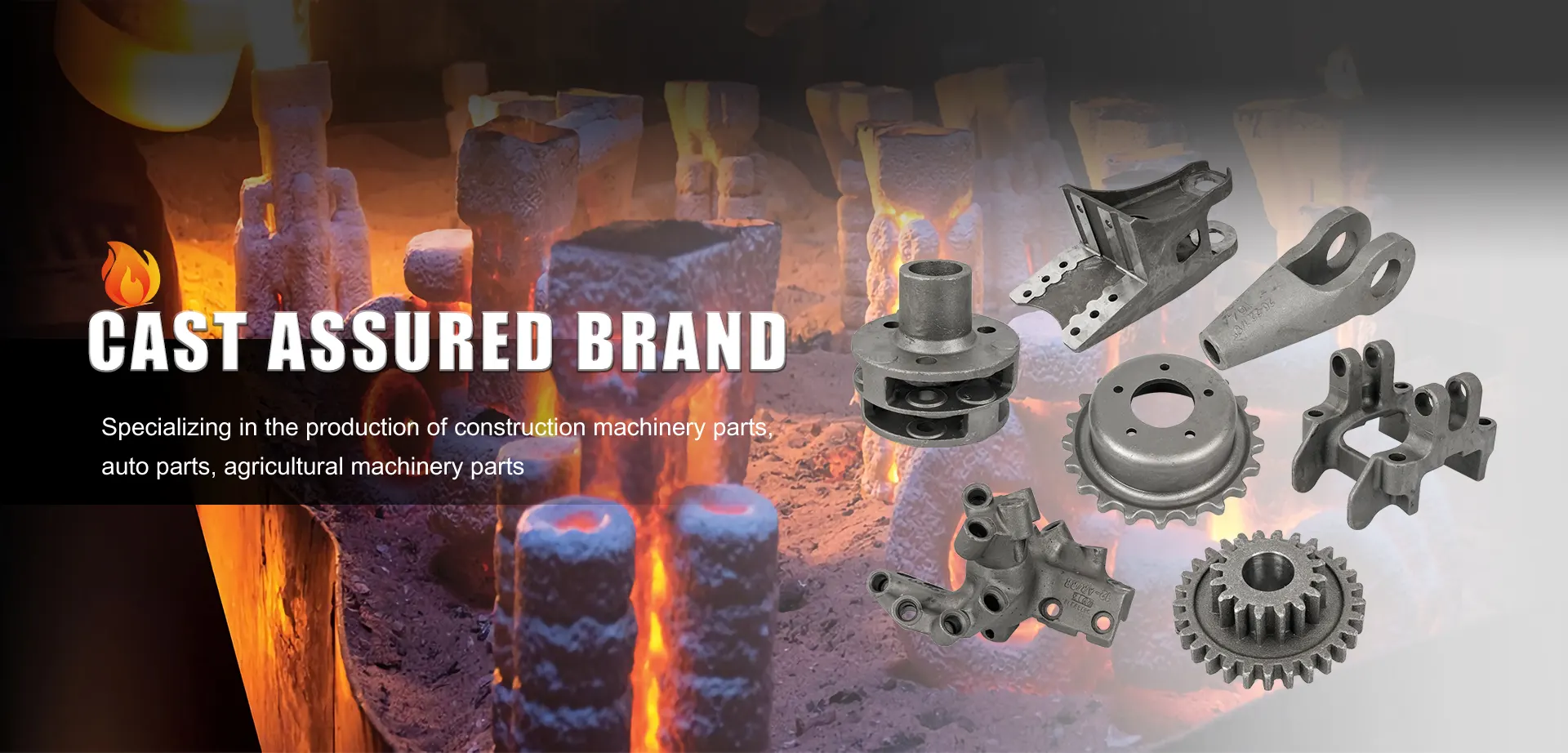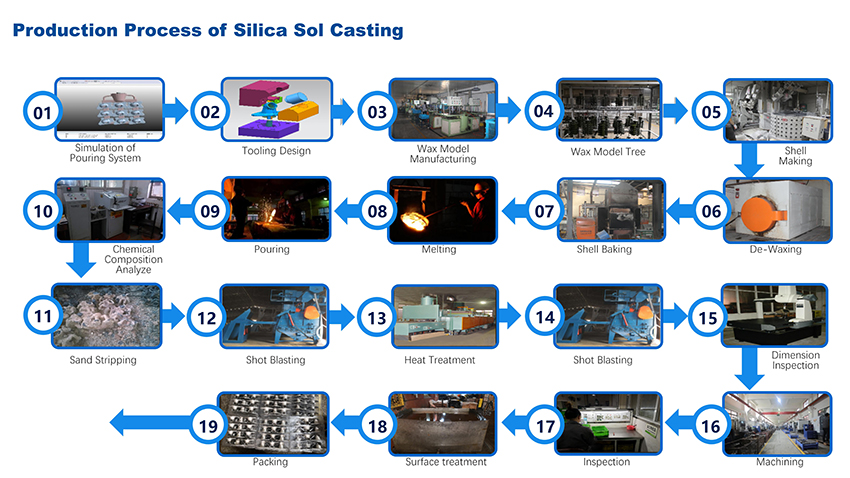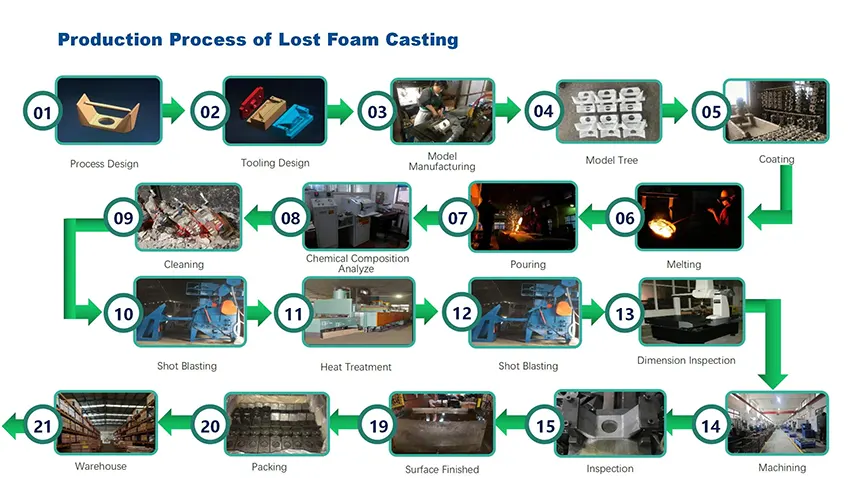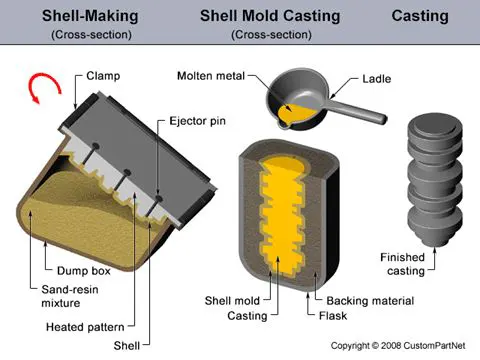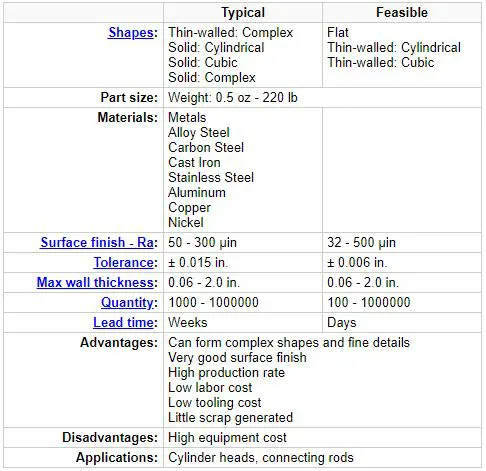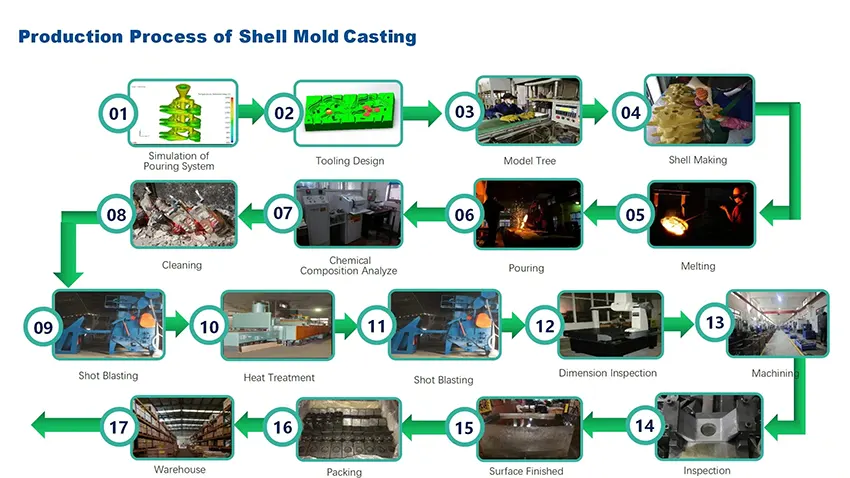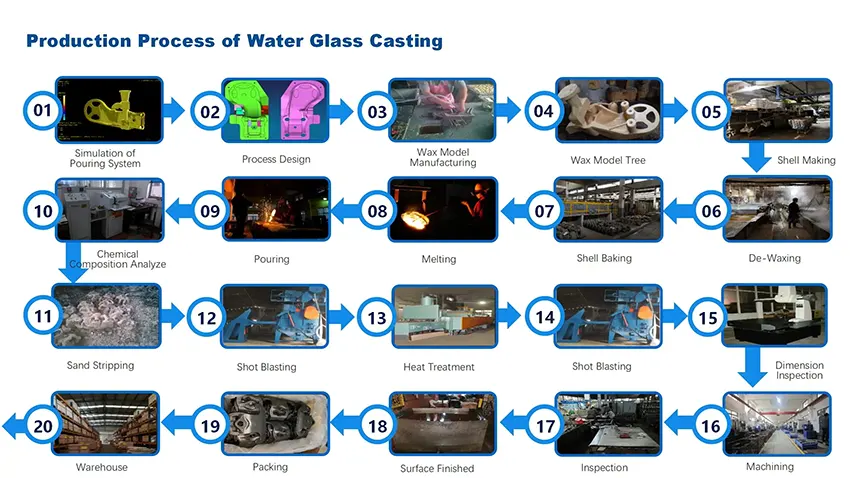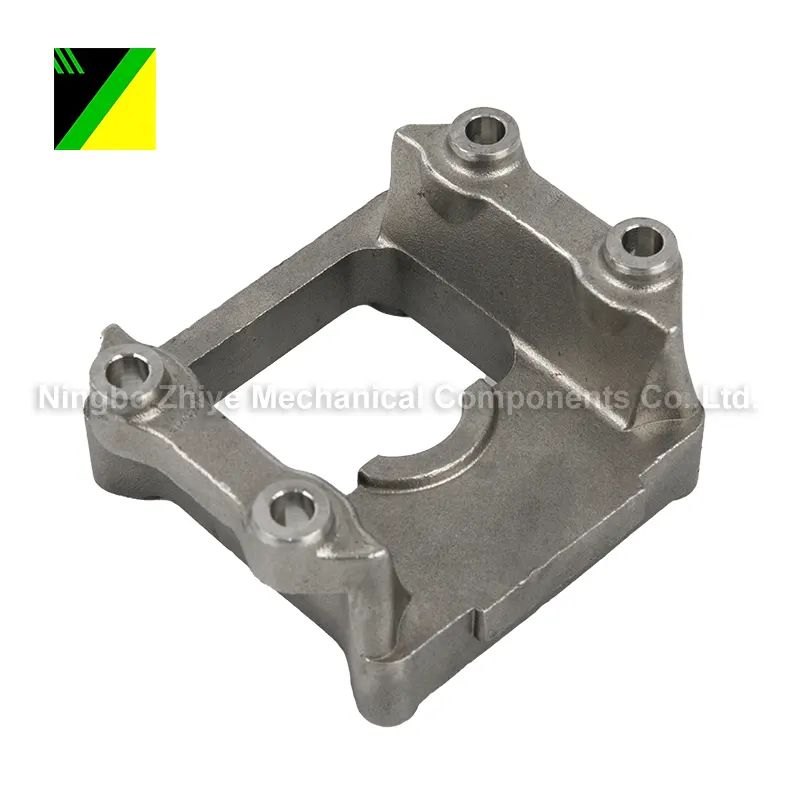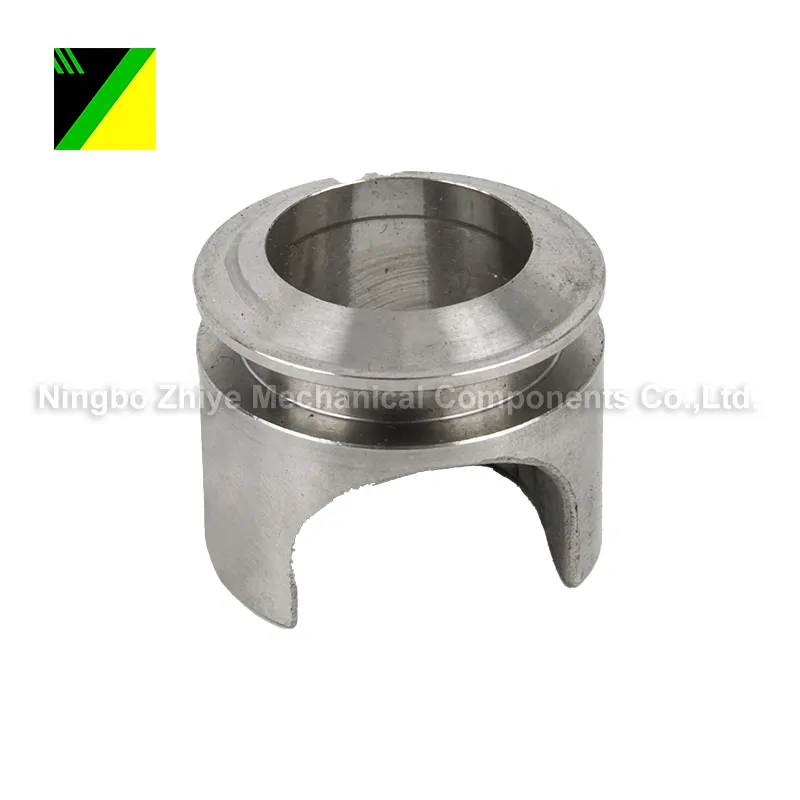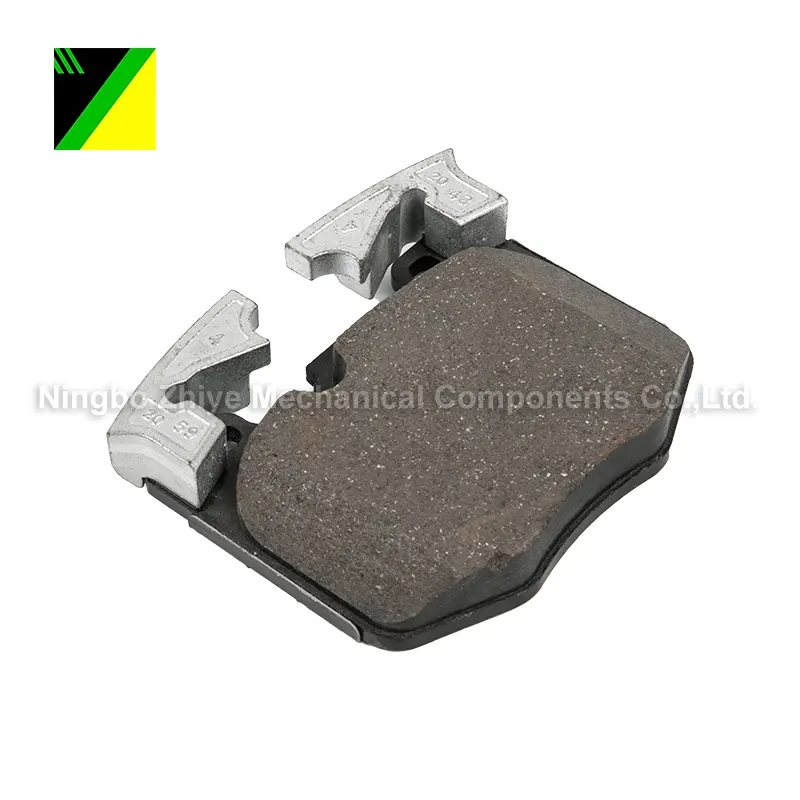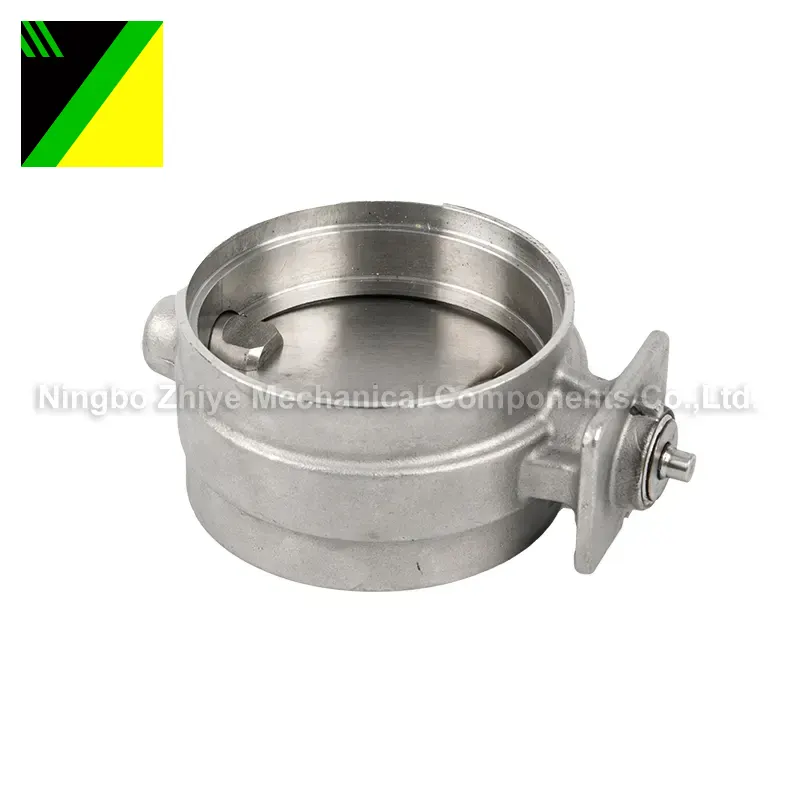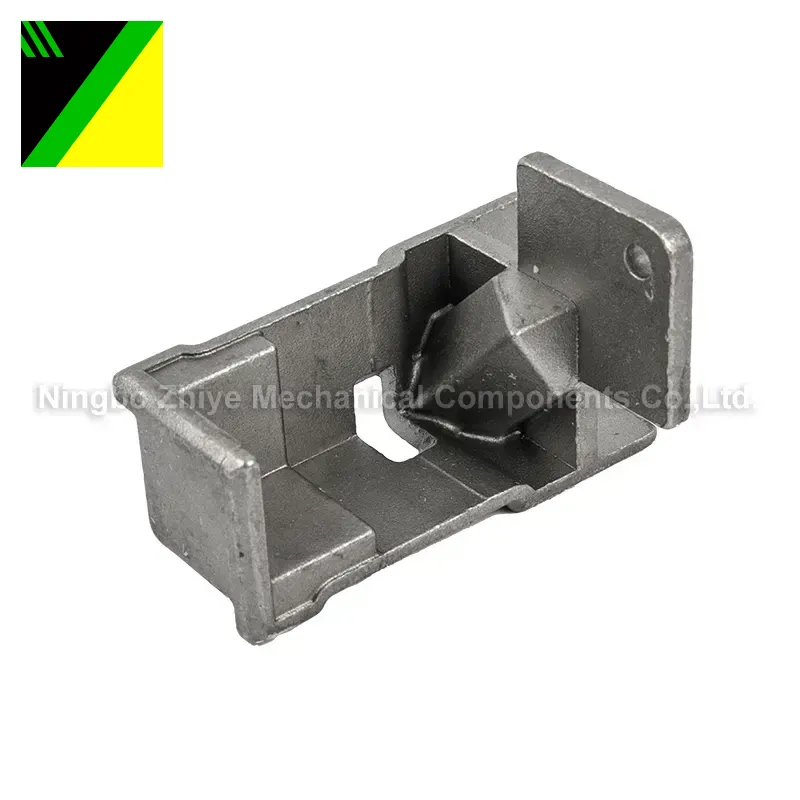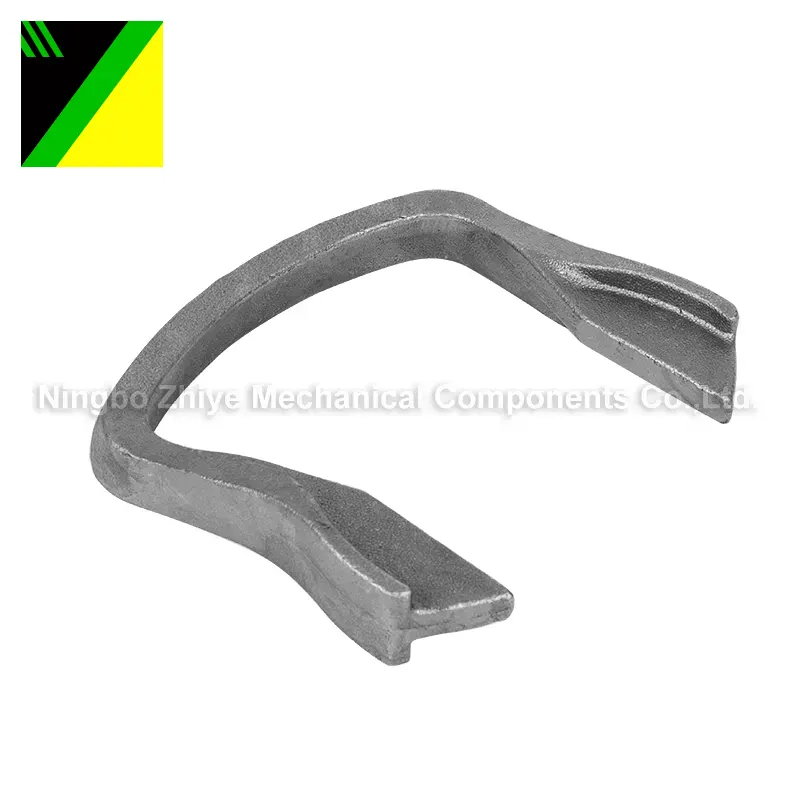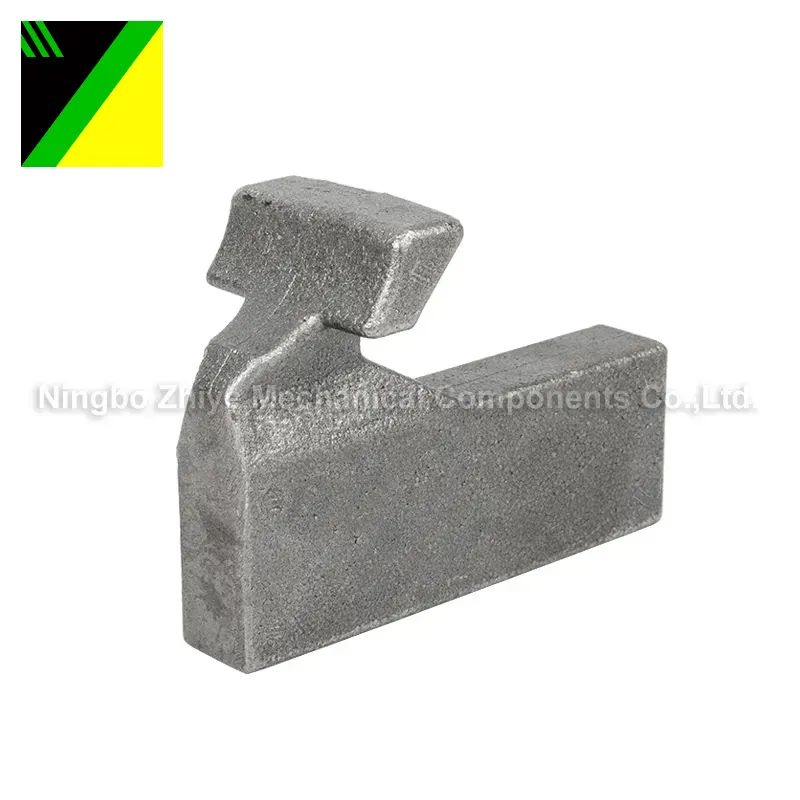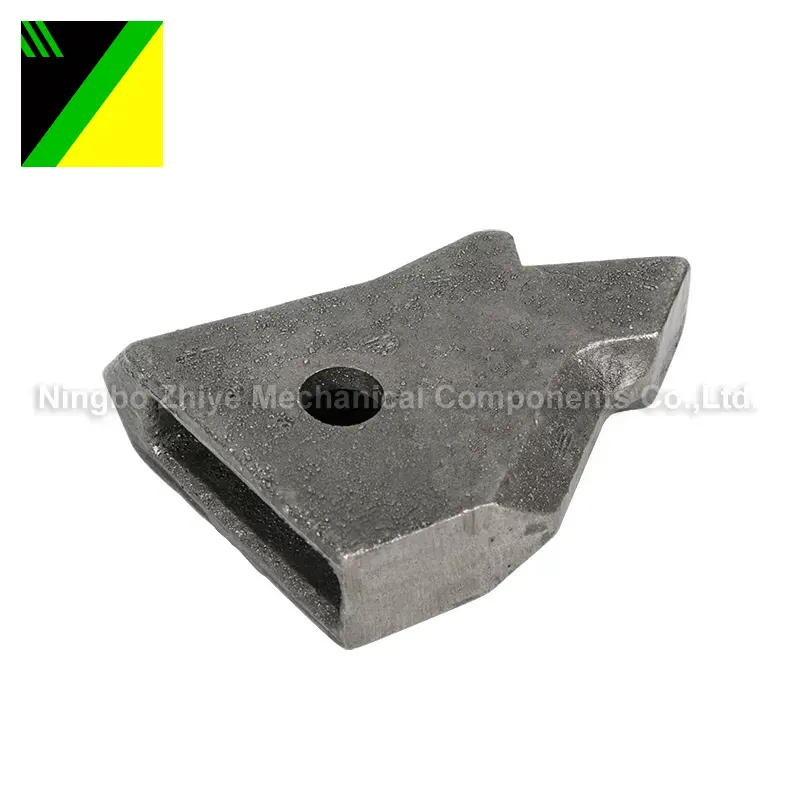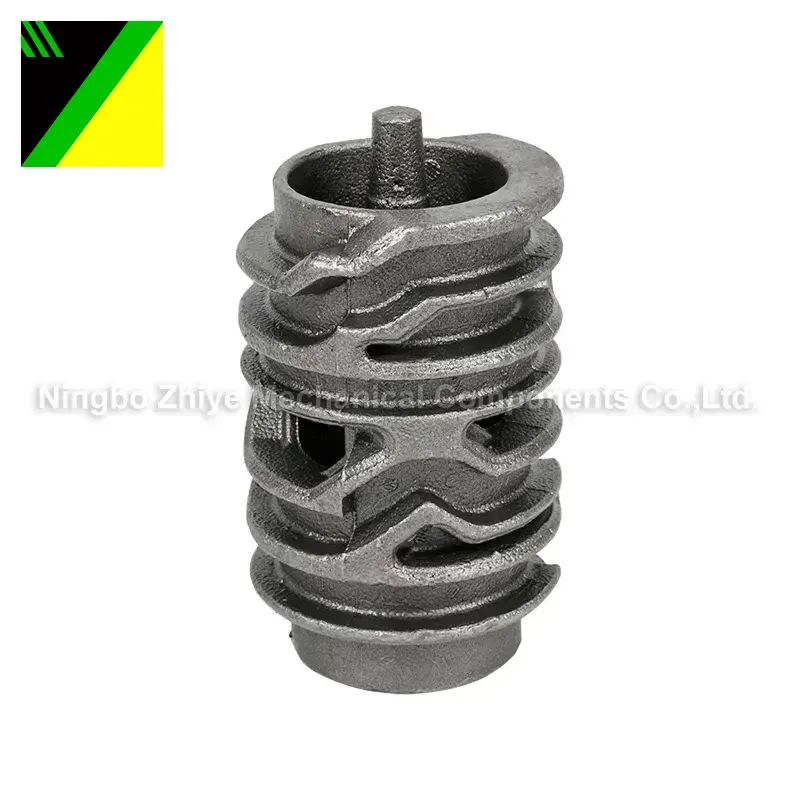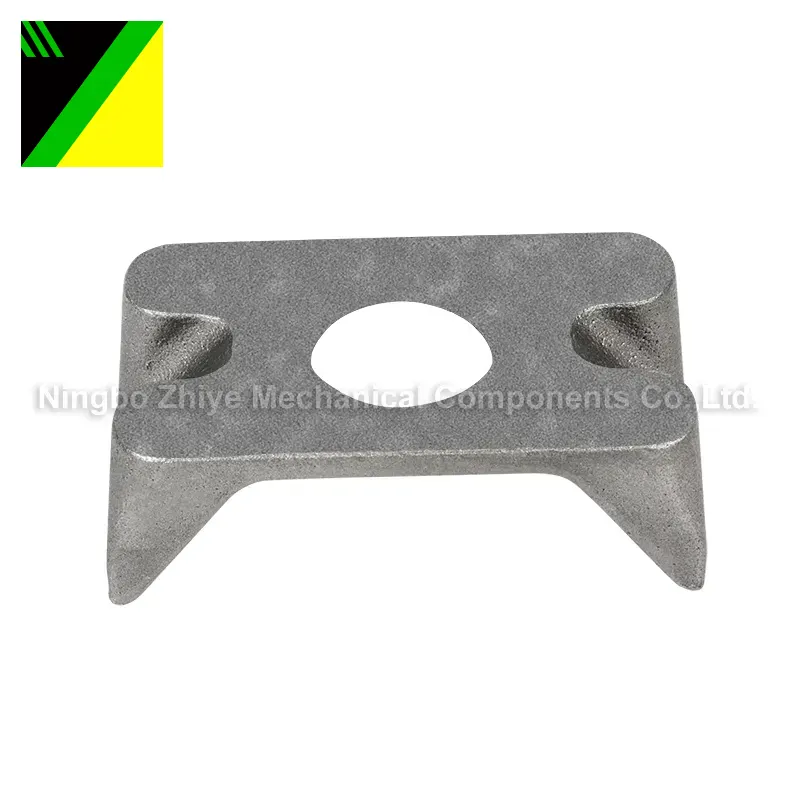
- English
- Español
- Português
- русский
- Français
- 日本語
- Deutsch
- tiếng Việt
- Italiano
- Nederlands
- ภาษาไทย
- Polski
- 한국어
- Svenska
- magyar
- Malay
- বাংলা ভাষার
- Dansk
- Suomi
- हिन्दी
- Pilipino
- Türkçe
- Gaeilge
- العربية
- Indonesia
- Norsk
- تمل
- český
- ελληνικά
- український
- Javanese
- فارسی
- தமிழ்
- తెలుగు
- नेपाली
- Burmese
- български
- ລາວ
- Latine
- Қазақша
- Euskal
- Azərbaycan
- Slovenský jazyk
- Македонски
- Lietuvos
- Eesti Keel
- Română
- Slovenski
- मराठी
- Srpski језик
Featured Products
About Us
about
us
Ningbo Zhiye Mechanical Components Co.,Ltd.It is located at Xiachen Industrial Zone,Chunhu Town,Fenghua District,Ningbo City,which is known for its precision castings in China.It is subordinated to Ningbo Huashen Group,which have 5 companies in total.With over 900 employees and the annual production output is more than 3,000 tons.The main business ranges are Silica Sol Investment Casting, Water Glass Investment Casting, Lost Foam Casting, Shell Mold Casting and Composite Lost Wax Investment Casting.It has been a famous supply for precision castings in China.
OUR CUSTOMERS
-

General Motors
-

Bavarian Motor Work
-
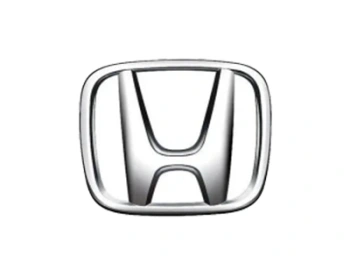
Honda Motor
-
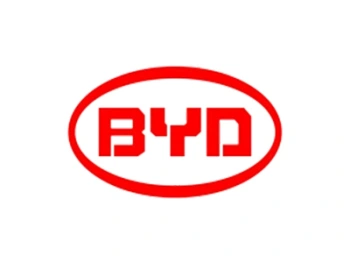
Build Your Dreams
-

Chrysler
-

Horizon
-
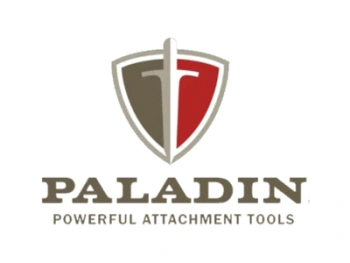
Paladin
-
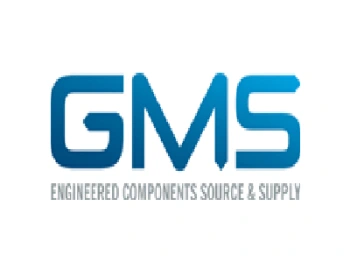
GMS
-
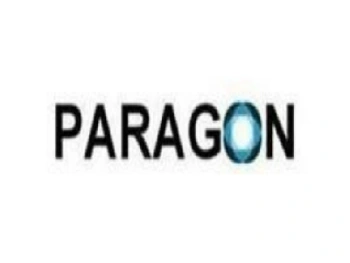
Paragon
-

BYG
-

BLACKWOOD ENGINEERING
-
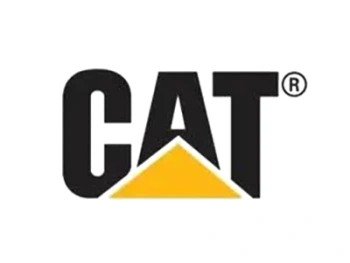
Caterpillar
-

Material choose

Material choose
According to the customer's requirements, we will choose the most suitable materials by research & development to reduce the cost of product.
View Details -

Software skills

Software skills
We master a variety of design software tools (CAD, PRO/E, Solid Work), Simulation Software (Any casting), Measurement Software (CALYPSO, OBLF), laying the foundation for professional services for customers.
View Details -

Weight reduction

Weight reduction
We can provide customers suggestions and design solutions for lightweight products.
View Details -

Actual sample survey

Actual sample survey
We can develop samples by surveying and drawing on the actual samples provided by customers.
View Details -

Structure transform

Structure transform
We can provide customers structure transforming on stamping parts, welding parts to castings which will improve the service life of the product and reduce the product cost.
View Details -

Patent

Patent
We have our own patented designs.
View Details
New Products
News

What are the performance characteristics of precision castings?
The maximum length of precision castings is 700mm, the easy-to-make length is less than 200mm, and the maximum weight is about 100kg, usually less than 10kg.

Why is lost foam casting expensive?
Lost foam casting, also known as evaporative pattern casting, is a complex and specialized casting process that involves creating a foam pattern of the desired metal part, coating it with refractory material, and then pouring molten metal into the mold. While it offers several advantages, such as intricate shapes and fine details, there are several reasons why lost foam casting can be relatively expensive:

When to Use Investment Casting In Automotive
Investment casting is a versatile manufacturing process that can be used in various applications within the automotive industry. It offers several advantages that make it suitable for specific components and scenarios. Here are some situations where investment casting is commonly used in the automotive sector:

Comparison of Stainless Steel and Aluminum in Investment Casting
Stainless steel and aluminum are both commonly used materials in investment casting, which is a precision manufacturing process that involves creating complex shapes by pouring molten metal into a ceramic mold. Each material has its own set of advantages and limitations in investment casting. Here's a comparison between stainless steel and aluminum in investment casting:

Solutions to improve innovative ability of investment casting talents
Currently,technology is still the biggest problem of investment casting industry in our country.Although we are always winning good reputation from overseas investment casting specialists,there are still some bad influence for the lack of technology.So if we want to enlarge investment casting market,we must improve talents' innovative ability.

Investment casting mould industry
With the development of the domestic investment casting industry and mold industry,related equipments like vertical and gantry machining center, CNC lathe are also get fast developed,which greatly improve the precision and depth of investment casting industry.

